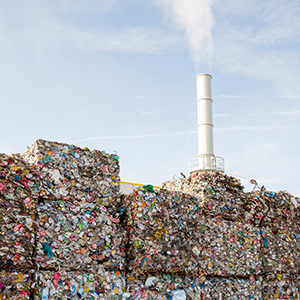WHAT WE’RE WORKING ON
In many parts of the country, household waste is sent to incinerators for burning, instead of to the landfill. Trash incinerators spew alarming quantities of harmful air pollutants, including heavy metals, soot, and dioxins.
EPA has recently proposed to strengthen protections from incineration—a proposal long overdue. This is an important step. But the proposed rule is no match for the vast amounts of hazardous air pollution, greenhouse gases, and hazardous wastes produced by municipal solid waste incinerators. Moms Clean Air Force submitted thousands of written messages urging EPA to finalize the strongest possible protections from the deadly chemicals released by trash incineration before the comment period closed in March 2024.
RELATED RESOURCES
WHY WE CARE
Nearly 20 years have gone by since EPA’s waste incinerator standards were last updated. Many incinerators are operating with long-outdated, heavily polluting technology, and some are illegally burning medical and industrial waste in addition to municipal trash.
In recent decades, the toxicity of municipal trash has increased because of the growing concentration of plastic in the waste stream. Plastic waste is on track to triple by 2050. That means much more plastic will be sent to incinerators. More than 13,000 chemicals are used in plastics production, yet EPA regulates waste incinerators for only 9 air pollutants.
HEALTH IMPACTS
When plastic is burned, it releases particulates, dioxins, heavy metals, PFAS chemicals, and other harmful air pollutants, all of which have well-documented harmful effects on human health. Exposure to this pollution increases the risk of cancer, birth defects, reproductive system damage, developmental issues, cardiovascular problems, respiratory impairment, hormonal irregularities, and neurological problems.
In recent decades, the toxicity of municipal trash
has increased because of the growing concentration
of plastic in the waste stream.
ENVIRONMENTAL JUSTICE
Many municipal waste incinerators are located in historically marginalized communities already overburdened with dirty air from toxic industrial facilities. While air pollution is a threat to everyone, the impacts are not felt equally. For example, Black communities with greater exposure to air pollution have higher than average childhood asthma rates, and Black children have a 500% higher mortality rate from asthma than white kids.
More Articles and Resources
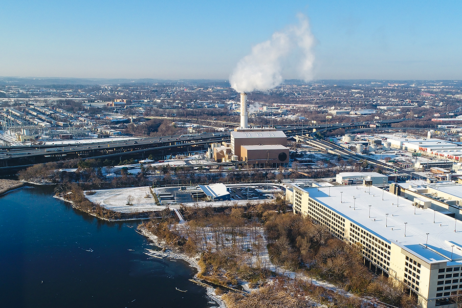
EPA Large Municipal Waste Combustors Rule
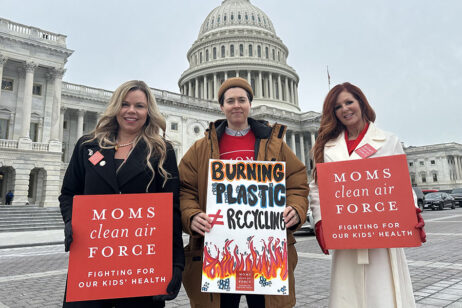
What’s in the Air: The Massive Failure of Plastics Recycling

What to Look for as the UN Negotiates a Global Plastics Treaty
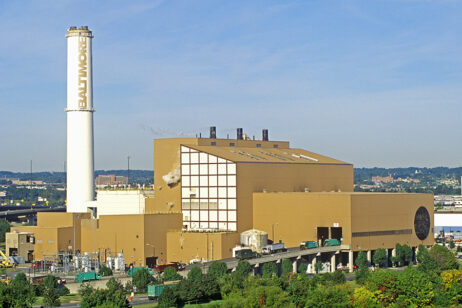
Trash Incineration Pollution Is Toxic
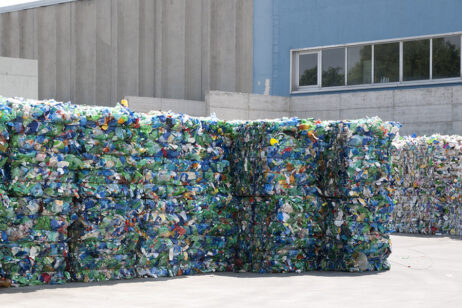
Recycling Plastics Doesn't Work
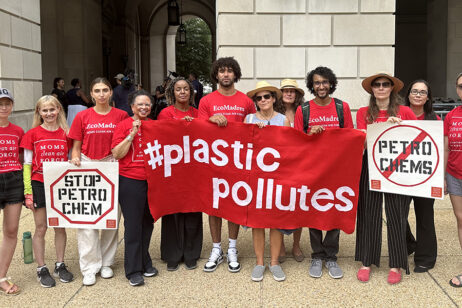
What’s in the Air: Plastic Scams

Burning Plastic Contaminates Eggs. Here's What To Do About It.

Letter to President Biden: Global Plastics Treaty Negotiations, March 27, 2024

Testimony: Cynthia Palmer, Large Municipal Waste Combustors Rule, March 25, 2024





